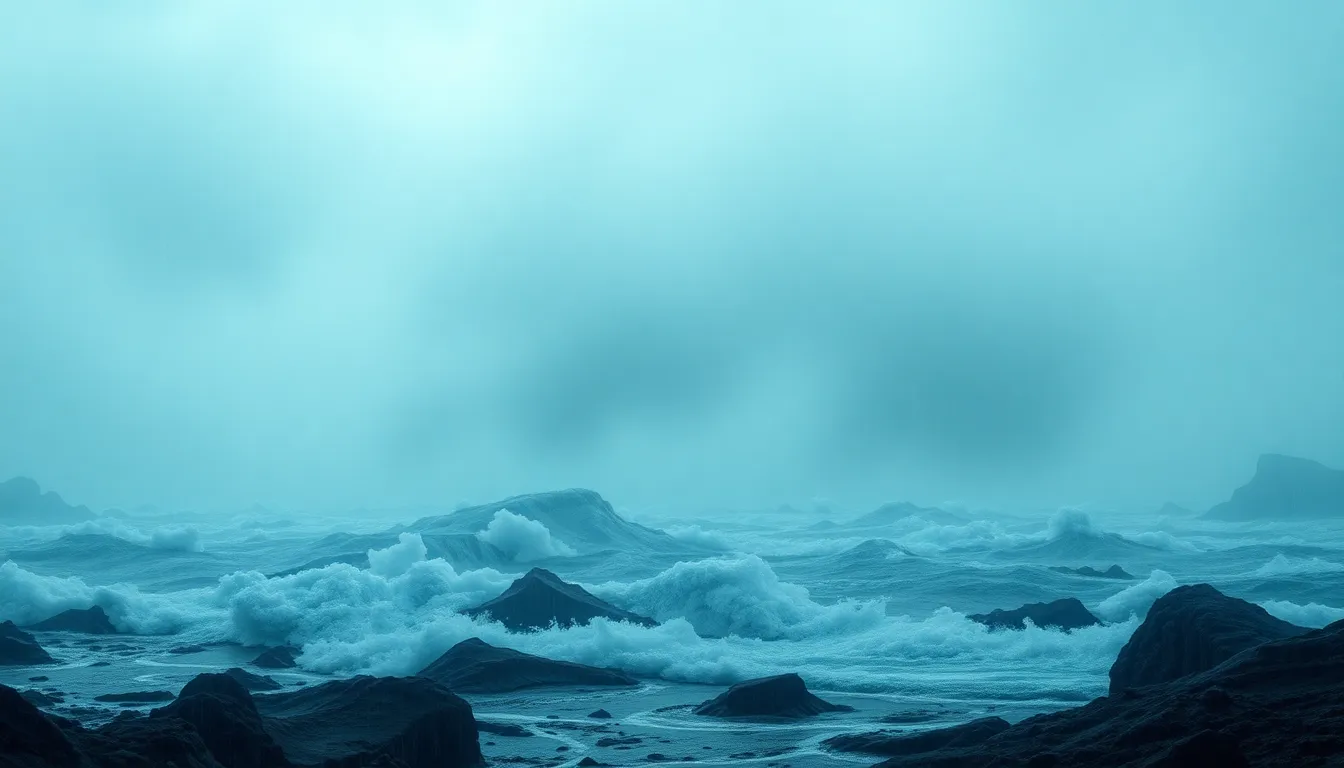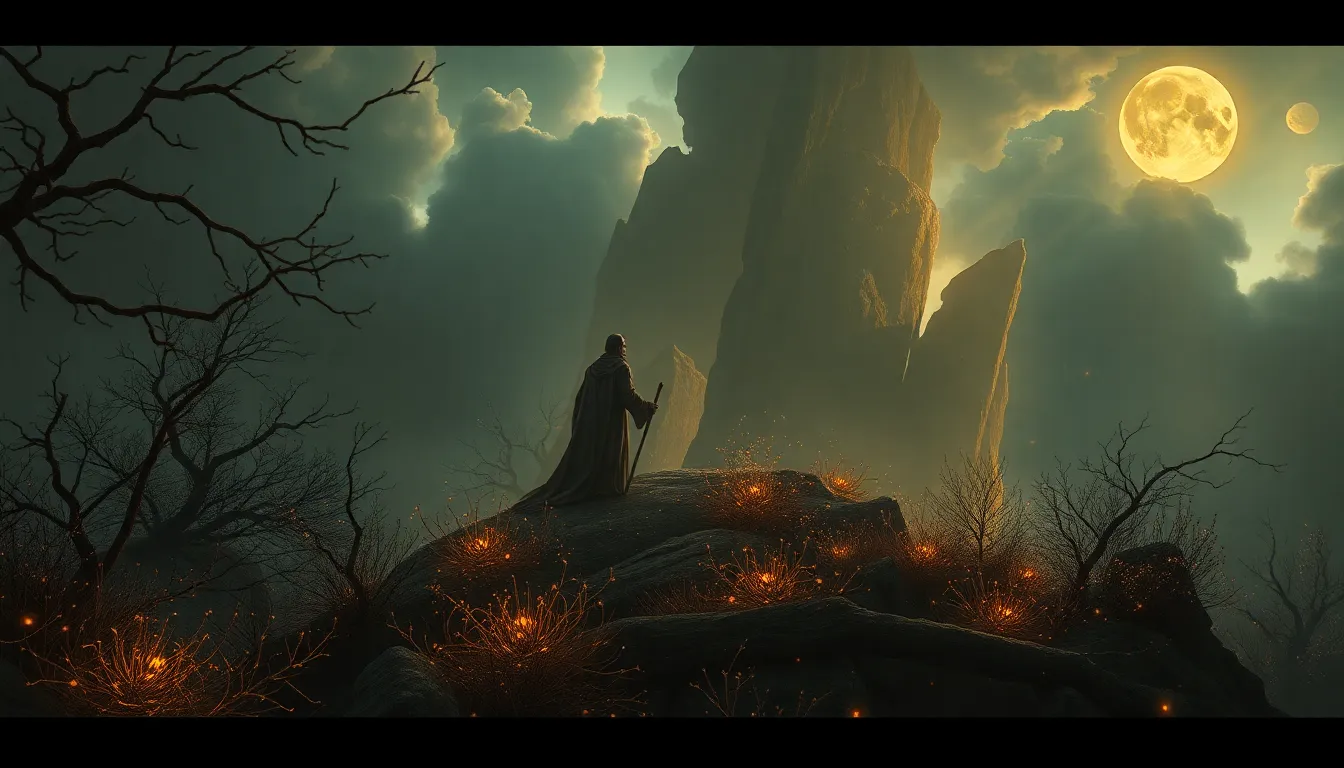The Role of Technology in Understanding Flood Myths: A Modern Perspective
Introduction: The Intersection of Myth and Science
Flood myths are prevalent across various cultures, from the biblical account of Noah’s Ark to the ancient Sumerian tale of Gilgamesh. These narratives often serve as reflections of humanity’s relationship with nature, particularly the destructive power of water. Understanding these myths is significant in contemporary society as they provide insights into cultural values, fears, and the historical context of environmental events.
As we delve into the role of technology in analyzing these narratives, we find innovative methods that bridge the gap between myth and reality. Technology not only helps us uncover archaeological evidence but also enables a deeper understanding of the environmental factors that may have influenced these stories.
Historical Context of Flood Myths
Prominent flood myths have been documented in various cultures, including:
- Noah’s Ark (Judeo-Christian tradition)
- The Epic of Gilgamesh (Mesopotamian tradition)
- The Hindu tale of Manu
- The Aboriginal Australian story of Tiddalik
Cultural and environmental factors have significantly influenced the creation of these myths. For instance, societies living near rivers or coastal areas may have developed flood myths as a means of coping with the dangers posed by flooding. These stories have persisted throughout human history, often adapting to changing cultural landscapes while retaining core themes of survival and divine intervention.
Technological Advancements in Archaeology
Recent advancements in archaeology have revolutionized how we uncover and interpret ancient sites related to flood myths. Techniques such as:
- LiDAR (Light Detection and Ranging)
- Ground-penetrating radar
- Satellite imaging
have allowed researchers to discover previously hidden structures and landscapes that may correlate with historical flood events. For example, LiDAR has been instrumental in revealing ancient Mayan cities buried beneath dense jungles, providing context for understanding how these civilizations responded to environmental challenges, including flooding.
Case studies, such as the investigation of the Black Sea deluge hypothesis, demonstrate how these technologies can reshape our understanding of historical narratives. The findings suggest that a significant flood event may have occurred around 5600 BCE, potentially influencing various flood myths across cultures.
Data Science and Climate Modeling
Data science and climate modeling play a crucial role in reconstructing ancient weather patterns that may have given rise to flood myths. By analyzing geological and hydrological evidence, scientists can identify past flood events and their impacts on human societies. Techniques include:
- Climate modeling simulations
- Geospatial analysis of sediment cores
- Statistical analysis of historical weather data
The implications of these studies extend beyond mere academic interest; they help us understand the real events that may have inspired flood myths, offering a more nuanced view of humanity’s historical relationship with climate and disaster.
Digital Humanities: Analyzing Textual Narratives
The field of digital humanities has emerged as a powerful tool for analyzing flood myths through textual narratives. Techniques such as:
- Text mining
- Natural language processing (NLP)
- Comparative textual analysis
allow researchers to study flood myths from different cultures side by side, revealing patterns and themes that may not be immediately apparent through traditional methods. Insights gained from these analyses can shed light on how flood narratives have evolved over time, reflecting changing societal values and environmental conditions.
Social Media and Collective Memory
In the digital age, social media plays a significant role in the dissemination and reinterpretation of flood myths. Platforms such as Twitter, Instagram, and Facebook allow for the rapid sharing of stories and images related to flooding events. This modern storytelling shapes our perception of historical events and can lead to the mythologization of recent floods.
Case studies of recent flooding, such as Hurricane Katrina or the 2010 Pakistan floods, illustrate how social media can create collective memory, blending personal experiences with broader narratives that echo ancient myths. The way these events are shared and discussed online can influence public perception and policy responses to flooding.
Virtual Reality and Immersive Experiences
Virtual reality (VR) technology is being harnessed to recreate historical flood scenarios, providing immersive experiences that engage audiences in new ways. Educational implications include:
- Enhancing understanding of ancient myths and their real-world counterparts
- Fostering empathy by allowing users to experience floods from the perspective of those affected
- Encouraging critical thinking about the interplay between myth and reality
These immersive storytelling techniques can transform how we communicate about historical events, making them more relatable and impactful for modern audiences.
Ethical Considerations in Myth Interpretation
As researchers delve into the interpretation of ancient narratives, ethical considerations become paramount. Responsibilities include:
- Respecting the cultural significance of myths
- Balancing scientific inquiry with cultural sensitivity
- Avoiding misinterpretation or oversimplification of complex narratives
Technology can enhance our understanding, but it is crucial to approach these narratives with care to honor the beliefs and histories of the cultures from which they originate.
Future Directions: Integrating Technology and Humanities
Emerging technologies are shaping the future of myth studies, fostering collaboration between technologists and humanities scholars. Projects that integrate:
- Artificial intelligence
- Machine learning
- Geospatial mapping
hold the potential to enrich our understanding of flood myths and their relevance in contemporary society. Interdisciplinary approaches can lead to new insights and a deeper appreciation of the complex narratives that shape our collective memory.
Conclusion: Bridging Myth and Reality
In conclusion, the intersection of technology and the study of flood myths offers a modern perspective that bridges the gap between myth and reality. Through advancements in archaeology, data science, digital humanities, and immersive technologies, we can gain a deeper understanding of the historical events that inspired these narratives. As we continue to explore the ethical dimensions of myth interpretation, the potential for interdisciplinary collaboration will enrich our appreciation of the cultural significance of flood myths in shaping human history.



